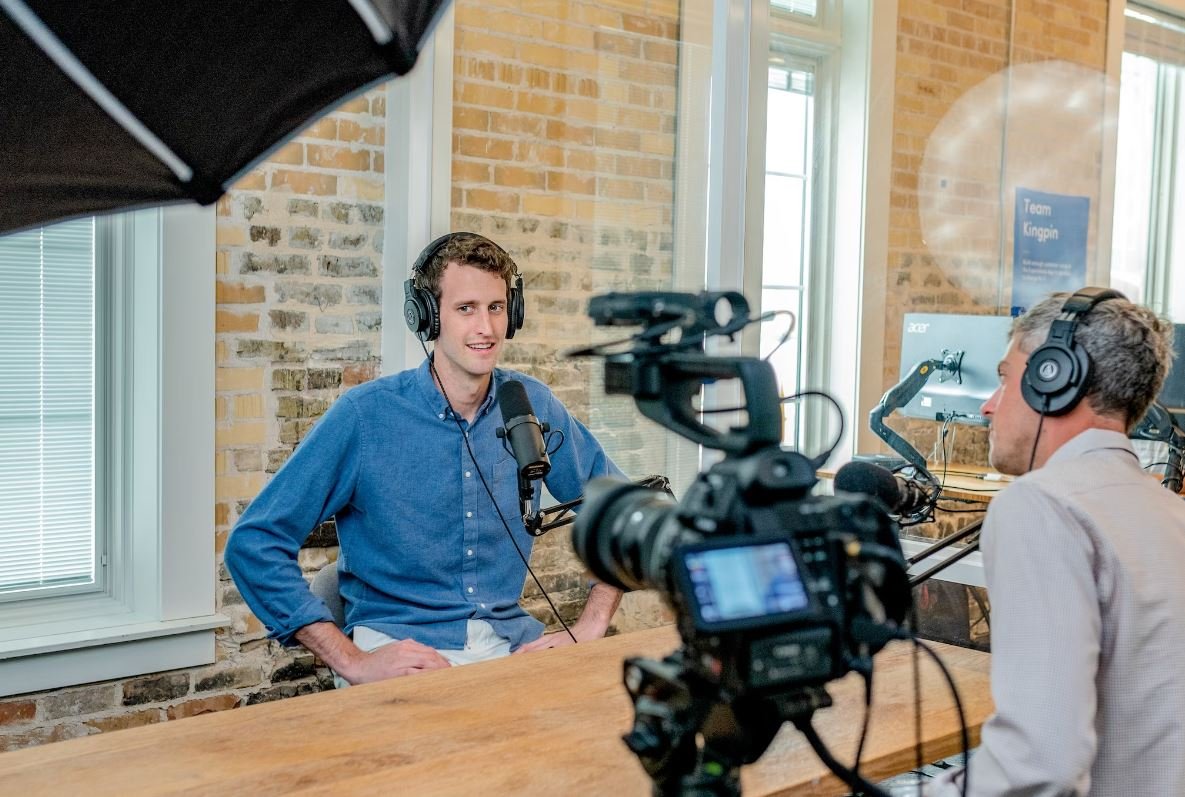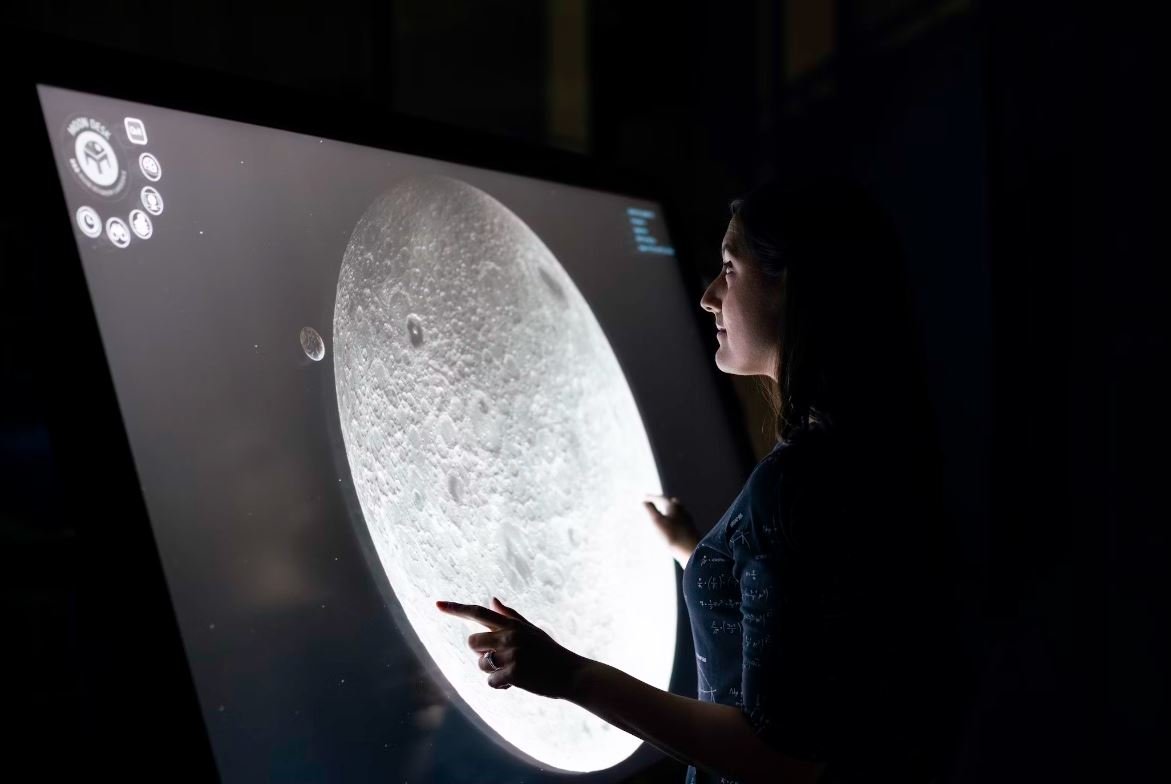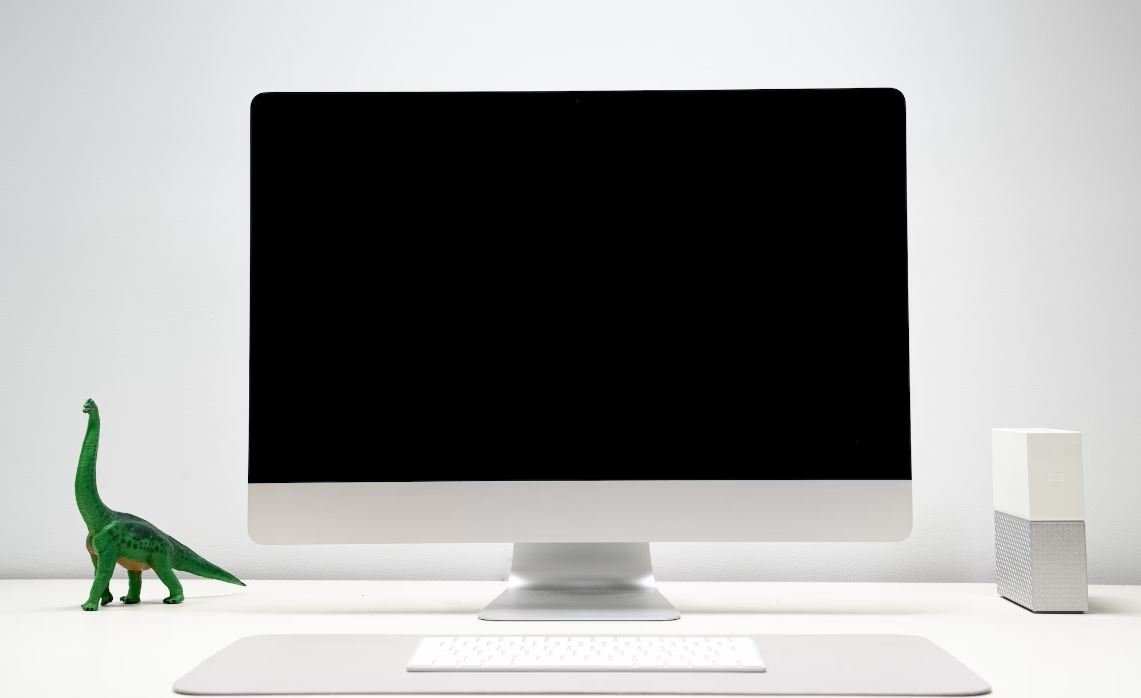Podcasting Audio Microphones
Podcasting has become a popular medium for content creators to share their stories, knowledge, and ideas with the world. One crucial component of producing a high-quality podcast is choosing the right microphone. In this article, we will explore the different types of podcasting audio microphones available and their features, helping you make an informed decision.
Key Takeaways:
- Choosing the right microphone is essential for producing a high-quality podcast.
- Consider the type of microphone and its features before making a decision.
- Understanding your podcasting setup and purpose will help you narrow down your options.
Dynamic Microphones
Dynamic microphones are the most common type of microphones used for podcasting. They are durable, versatile, and can handle high sound pressure levels. Unlike other types, dynamic microphones do not require external power sources such as batteries or phantom power.
**These microphones are great for recording vocals and interviews** due to their ability to capture clear and present sounds. *Dynamic microphones also have a superior ability to reduce background noise, making them suitable for recording in noisy environments.*
Here are some popular dynamic microphones:
| Microphone | Features |
|---|---|
| Shure SM58 | Durable, reliable, and widely used in the industry. |
| Audio-Technica ATR2100x-USB | USB and XLR connectivity, making it flexible for different setups. |
Condenser Microphones
Condenser microphones are highly sensitive and capture a wide range of frequencies, making them ideal for capturing more detail in recordings.
**These microphones are perfect for studios and controlled environments** where background noise can be minimized. *Condenser microphones require an external power source, typically known as phantom power, provided by an audio interface or mixer.*
Here are some popular condenser microphones:
| Microphone | Features |
|---|---|
| Rode NT1 | Low self-noise and high-quality sound reproduction. |
| Audio-Technica AT2020 | Affordable and versatile microphone for podcasting. |
Lavalier Microphones
Lavalier microphones, also known as lapel microphones, are compact and designed to be clipped onto clothing. They are commonly used by podcasters who prefer a hands-free setup.
**These microphones are excellent for on-the-go recordings and interviews** as they provide good audio quality while allowing the host to move freely. *Lavalier microphones typically have built-in preamps and may require batteries depending on the model.*
Here are some popular lavalier microphones:
| Microphone | Features |
|---|---|
| Rode SmartLav+ | Compatible with smartphones and DSLR cameras. |
| Sennheiser EW 100 ENG G3 | Wireless system for professional-quality recordings. |
Choosing the right podcasting audio microphone depends on your podcasting setup, recording environment, and personal preferences. Consider the type of microphone that suits your needs and budget, and don’t hesitate to experiment with different options to find the perfect fit for your podcasting journey.
Remember, the quality of your microphone can significantly impact the overall production value of your podcast. So, make sure to invest in a reliable and suitable microphone that will help you deliver engaging content to your audience.

Common Misconceptions
1. Podcasting requires expensive microphones
One common misconception about podcasting is that you need to invest in expensive microphones to produce high-quality audio. However, this is not always the case. While professional-grade microphones can certainly enhance audio quality, there are many affordable options available that can produce great results.
- Good audio quality can be achieved with budget-friendly microphones
- Research and compare different microphone models before purchasing
- Consider the recording environment and intended use when choosing a microphone
2. Any microphone will work for podcasting
Contrary to the belief that any microphone will produce satisfactory results for podcasting, not all microphones are suitable for this purpose. Different microphones have varying frequency responses and polar patterns, which can significantly impact the audio quality and capture of sound.
- Choose a microphone with appropriate polar pattern for podcasting (e.g., cardioid or dynamic)
- Consider the microphone’s frequency response to ensure it reproduces your voice accurately
- Avoid using omnidirectional microphones if there is background noise or echoes in the recording space
3. Only professionals can produce high-quality podcasts
Many people believe that creating high-quality podcasts is a task reserved for professionals with years of experience. However, with the advancements in technology and the availability of user-friendly equipment and software, anyone can produce a professional-sounding podcast with some knowledge and practice.
- Invest time in learning about podcasting techniques and equipment
- Practice recording and editing to improve your skills
- Utilize online resources and communities to seek advice and feedback
4. Expensive audio editing software is necessary for post-production
Another misconception is that expensive audio editing software is required to achieve a polished final product. While professional software like Adobe Audition or Pro Tools can offer advanced editing capabilities, there are many free or affordable alternatives available that can effectively edit and enhance your podcast.
- Explore free or low-cost audio editing software options such as Audacity or GarageBand
- Learn various editing techniques to improve the quality of your podcast
- Experiment with different effects and plugins to enhance your podcast’s audio
5. Podcasting audio quality is solely dependent on the microphone
While the microphone plays a crucial role in capturing high-quality audio for your podcast, it is just one factor among many. The overall audio quality of a podcast is influenced by various elements, including the recording environment, microphone technique, audio interface, editing software, and post-production processes.
- Pay attention to the recording environment and minimize background noise
- Position the microphone correctly and use proper microphone technique
- Experiment with different post-production techniques to improve the overall audio quality

Podcasting Equipment
Before starting a podcast, it is important to invest in quality equipment. The following table showcases different audio microphones suitable for podcasting:
| Microphone | Price | Polar Pattern | Frequency Response |
|---|---|---|---|
| Rode NT1-A | $229 | Cardioid | 20Hz – 20kHz |
| Audio-Technica AT2020 | $99 | Cardioid | 20Hz – 20kHz |
| Shure SM58 | $99 | Cardioid | 50Hz – 15kHz |
Recording Software Features
Choosing the right recording software is essential for producing high-quality podcasts. Compare the features of the following popular options:
| Software | Price | Multi-track Recording | Noise Reduction | Editing Tools |
|---|---|---|---|---|
| Adobe Audition | $20.99/month | Yes | Yes | Advanced |
| Audacity | Free | No | No | Basic |
| GarageBand | Free | Yes | Yes | Basic |
Podcast Hosting Platforms
After recording and editing your podcast, you’ll need a hosting platform to share it with your audience. Here are some popular options:
| Platform | Price | Storage Space | Analytics |
|---|---|---|---|
| Libsyn | $5 – $75/month | 50MB – 1500MB | Yes |
| Podbean | $9 – $99/month | 100MB – 5000MB | Yes |
| Spreaker | $6 – $45/month | 100MB – 5000MB | Yes |
Podcast Revenue Models
Monetizing your podcast can be achieved through various revenue models. Let’s explore different approaches:
| Model | Description | Examples |
|---|---|---|
| Advertising | Podcast ads, sponsorships | Anchor Sponsorships, Midroll |
| Memberships | Exclusive content for subscribers | Patreon, Glow |
| Merchandise | Selling branded products | PodShop, Redbubble |
Podcast Episode Length
Deciding on appropriate episode lengths can greatly impact listener engagement. Consider the following guidelines:
| Podcast Genre | Episode Length |
|---|---|
| News/Update | 10 – 20 minutes |
| Interview | 30 – 60 minutes |
| Storytelling | 30 – 60 minutes |
Podcast Listener Demographics
Understanding your target audience is vital for creating content that resonates. Explore podcast listener demographics:
| Age | Gender | Location | Devices | Preferred Genres |
|---|---|---|---|---|
| 18-24 | Male | United States | Smartphone, computer | Comedy, True Crime |
| 25-34 | Female | Canada | Smartphone, smart speaker | Health & Wellness, Society & Culture |
| 35-44 | Non-binary | Australia | Computer, smart speaker | Technology, Business |
Popular Podcast Networks
Joining a podcast network can expose your show to a wider audience and provide support. Consider the following networks:
| Network | Focus | Membership |
|---|---|---|
| Earwolf | Comedy | Open |
| Crooked Media | News, Politics | Selective |
| Gimlet | Various Genres | Selective |
Podcast Episode Release Frequency
Setting a consistent episode release schedule helps build an audience. Determine the appropriate frequency:
| Release Frequency | Content Length |
|---|---|
| Weekly | 30 – 60 minutes |
| Bi-weekly | 60 – 90 minutes |
| Monthly | 60 – 120 minutes |
Podcast Marketing Strategies
Effectively promoting your podcast can help attract new listeners. Explore different marketing strategies:
| Strategy | Description | Examples |
|---|---|---|
| Social Media | Engaging with listeners on platforms like Twitter, Instagram | #PodcastRecommendations, Instagram Stories |
| Guest Appearances | Appearing on other podcasts as a guest | PodcastGuests.com, Podchaser |
| Collaborations | Partnering with other podcasters for cross-promotion | Crossover episodes, ad exchanges |
Podcasting Audio Microphones provides an overview of various aspects related to podcast production. By understanding the different equipment options, recording software features, hosting platforms, revenue models, and marketing strategies, podcasters can create captivating shows that resonate with their target audience. Additionally, considering factors such as episode length, listener demographics, podcast networks, release frequency, and effective marketing can significantly contribute to the success of a podcast.
Frequently Asked Questions
What is podcasting?
Podcasting is a method of distributing audio content over the internet, typically in the form of a series, allowing users to subscribe and listen to episodes on-demand.
What are the benefits of podcasting?
Podcasting allows content creators to reach a global audience, provides a platform for sharing knowledge and stories, and offers a convenient way for listeners to consume audio content on their preferred devices.
Why is audio quality important in podcasting?
Audio quality greatly impacts the listener experience. Poor audio quality can lead to listeners losing interest or being unable to understand the content. High-quality audio enhances the production value of a podcast and keeps the audience engaged.
What type of microphone should I use for podcasting?
There are several types of microphones suitable for podcasting, including dynamic microphones, condenser microphones, and lavalier microphones. The choice depends on factors such as budget, recording environment, and desired audio quality.
What is the difference between dynamic and condenser microphones?
Dynamic microphones are robust and ideal for recording in environments with background noise. They are less sensitive to sound and offer good off-axis rejection. Condenser microphones, on the other hand, are more sensitive and capture more detail, making them suitable for studio recording or controlled environments.
How do I connect a microphone to my computer for podcasting?
You can connect a microphone to your computer using a USB cable or an audio interface. USB microphones are plug-and-play devices that connect directly to your computer’s USB port. Audio interfaces allow you to connect XLR microphones and typically offer better sound quality and more flexibility.
What is the ideal recording environment for podcasting?
An ideal recording environment for podcasting is a quiet room with minimal background noise. Soundproofing can help reduce external sounds, while acoustic treatment can improve the audio quality by reducing echoes and reflections within the room.
How can I optimize the audio levels for my podcast?
Optimizing audio levels involves setting appropriate gain levels on your microphone or audio interface, using a pop filter to minimize plosive sounds, and adjusting the volume levels in your recording software or editing tool. It’s important to aim for a balanced and consistent audio level throughout your podcast.
Should I edit my podcast audio?
Editing your podcast audio can enhance the overall quality by removing mistakes, background noise, or long pauses. It also allows you to add music, sound effects, or transitions to make your podcast more engaging. However, the extent of editing depends on your preferences and the desired style of your podcast.
How can I promote my podcast to attract more listeners?
Promoting your podcast involves creating engaging episode titles, designing eye-catching cover art, sharing episodes on social media platforms, collaborating with other podcasters, participating in relevant online communities, and considering marketing techniques such as advertising or guest appearances on other podcasts.


Leave a Reply